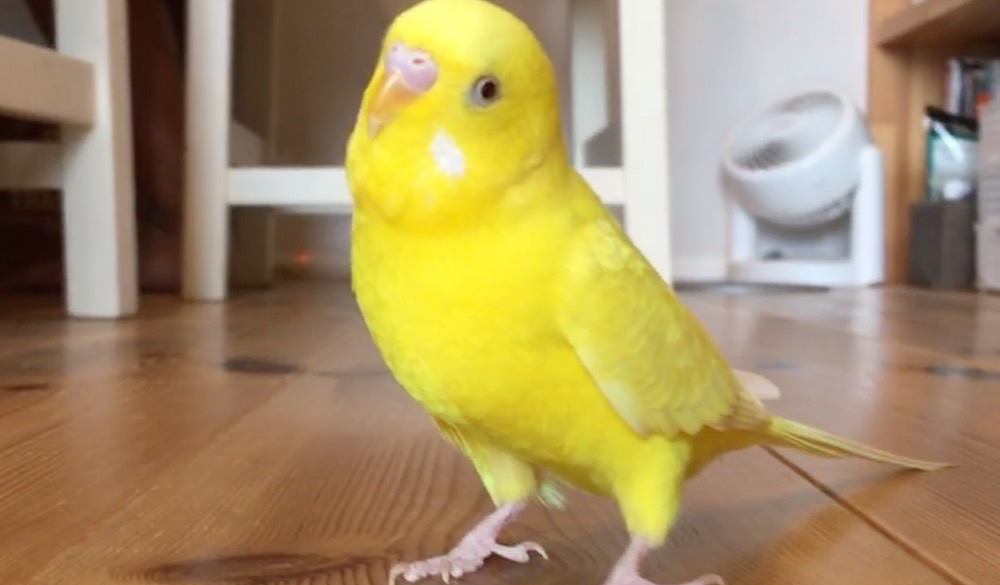Understanding Parrot Body Language and Emotions
Parrots, like other birds, exhibit unique behaviors and gestures that can vary from individual to individual. By observing their movements and expressions, you can gain insights into their moods and feelings. This article introduces various signs of parrot body language and their meanings. Use this guide to enhance your communication with your feathered friend.
- Sharpening Your Observation Skills
- Communication Beyond Words
- Signs of Happiness and Desire for Attention
- Signs of Health
- Gestures for Hot and Cold Weather
- Signs of Fear and Excitement
- Signs of Relaxation and Sleepiness
- Stretching and Courtship Gestures
- Signs of Focus and Affection
- Reaction to Surprise
- Conclusion
Sharpening Your Observation Skills
To understand your parrot’s emotions, pay attention to their expressions and movements. Noticing the sparkle in their eyes and the tone of their vocalizations can also provide clues about their mood. As you learn to interpret their gestures, you will become more adept at recognizing changes in their health.
Communication Beyond Words
Communication with parrots involves not only verbal interactions but also a significant amount of non-verbal cues. Parrots express emotions using their whole bodies—tilting their heads to request petting or puffing up their head feathers when angry. Understanding these gestures helps you better grasp your parrot’s needs and feelings.
Signs of Happiness and Desire for Attention
When a parrot is happy or seeking attention, you may notice the following behaviors:
- Slightly raising their wings and puffing up their shoulders
- Walking back and forth on a perch or table
- Flapping their wings energetically
- Swaying their bodies from side to side
- Clinging to the side of the cage
- Nodding their heads up and down
These gestures indicate that the parrot is lively and eager for interaction. Spend time with them to meet their expectations.
Signs of Health
A healthy parrot is usually vocal and enjoys bathing. Their chirping and bathing habits are good indicators of their well-being. Exposure to fresh air or being placed in a well-lit area often leads to cheerful vocalizations.
- Vocalizing actively
- Enjoying baths
Conversely, a decline in health may result in decreased vocalizations or loss of interest in bathing. Monitoring these behavioral changes is crucial.
Gestures for Hot and Cold Weather
Parrots adjust their body language based on temperature. When feeling hot, they may slightly lift their wings to cool down. When cold, they puff up their feathers to retain heat.
- When hot: Wings held away from the body, beak slightly open
- When cold: Covering their feet with feathers and puffing up their bodies
Recognizing these signals is important for adjusting their environment accordingly.
Signs of Fear and Excitement
When feeling scared, a parrot may crouch low to the ground and back away while keeping their head raised. If fear escalates, they may resort to defensive aggression. An excited parrot often raises its head feathers, and their pupils may constrict, indicating territorial behavior, anger, or fear.
- Raising head feathers and narrowing pupils
- Puffing up and opening their beak wide
Understanding these signs can help prevent misunderstandings and allow you to calm your parrot.
Signs of Relaxation and Sleepiness
A relaxed parrot may fluff up its feathers and rub its beak together. When sleepy, they often close their eyes and cover their feet with feathers.
- Fluffing feathers and closing eyes
- Rubbing beak together in a soothing manner
These behaviors signify that the parrot feels safe and comfortable.
Stretching and Courtship Gestures
Parrots may stretch their wings or yawn to wake up or change their mood. During courtship, male parrots may spread their tail feathers or regurgitate food.
- Stretching wings or yawning
- Males spreading tail feathers or offering food
Because courtship behavior can be exhausting, it’s essential to manage stimulation during mating seasons.
Signs of Focus and Affection
When focused, a parrot often tilts its head toward interesting sounds or voices and remains still. This is a great time for teaching them new words. Parrots also show affection by gently nibbling on their owner’s face or preening them, which reflects trust and companionship.
Reaction to Surprise
When startled, a parrot may press its feathers against its body and widen its eyes. They may also take off suddenly. In such cases, it’s important to help calm the parrot.
Conclusion
By understanding parrot body language, you can better comprehend their emotions and needs. Paying close attention to their gestures and behaviors will strengthen your bond and ensure their health and happiness.



Comments